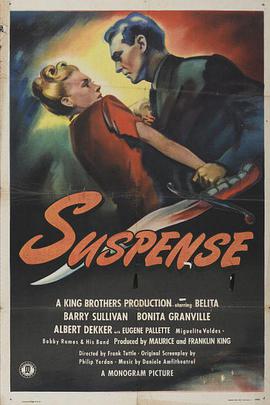 剧情介绍
剧情介绍
The proprietor of an ice-skating revue promotes a peanut-vendor at the show to a management position based on suggestions he made to improve the act of the show's star, who also happens to be the owner's wife. However, he soon begins to notice that his new manager is paying more attention to his wife than he believes is appropriate, and begins to suspect that his new manager has designs not only on his wife but on his business. Meanwhile, someone from the new manager's past shows up with information that could wreck his plans.
扫码用手机观看
分享到朋友圈

